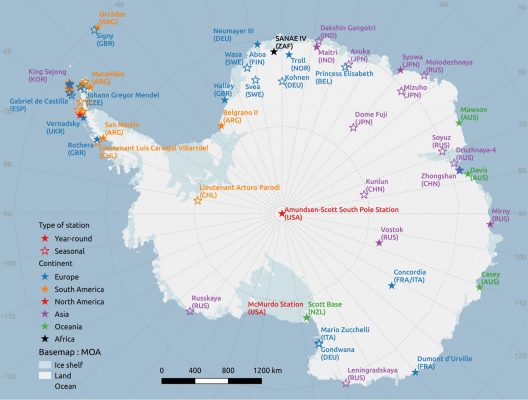
What word would you use to characterise the Antarctic ?
White?
Windy?
Remote?
Empty?
Inhospitable?
Wild?
Preserved?
While all of these are true it may surprise you to find out that the Antarctic is occupied by humans all year round with almost half of its 82 research stations operating 365.25 days a year!
Just a few hours before the launch of the biennial Antarctic meeting held by the Science Committee on Antarctic Research (SCAR) in Malaysia, we thought it would be perfect timing to check out who is leading research in Antarctica and where…
…but before that let’s have a look first at what makes Antarctica so special!
Antarctica, a very peculiar continent, regulated by the Antarctic treaty
Antarctica is regulated by the Antarctic Treaty that defines this continent as a “natural reserve, devoted to peace and science” (Environmental Protocol, 1991). This means that since the treaty came into force in 1961:
- the Antarctic environment is fully protected
- the land doesn’t not belong to any country because the treaty pauses existing territorial claims in Antarctica, as long as it stays in force
- Antarctica has been demilitarised and no nuclear tests are allowed
- International collaboration in the name of progressing scientific research is encouraged, with many countries with greater operational capacity aiding those with little or none to allow them to conduct research.
Who is conducting research in Antarctica and where?
![Mc Murdo Station on Ross Island (West Antarctica). The station is operated by the US Antarctic Program and can accommodate up to 1,000 people. [Credit: Gaelen Marsden on Wikimedia Commons]](https://blogs.egu.eu/divisions/cr/files/2016/08/McMurdo_Station-1024x416.jpg)
Mc Murdo Station on Ross Island (West Antarctica). The station is operated by the US Antarctic Program and can accommodate up to 1,000 people. [Credit: Gaelen Marsden on Wikimedia Commons]
The map above shows the 82 permanent research stations dotted across the Antarctic. Among those bases, 40 are operated all year long while the others only host scientific research during the Austral summer (November-February). The location and capacity of these stations also varies considerably from one to another. For instance, the US McMurdo station – the biggest scientific base in Antarctica – is settled on an island and is open all year-ong, accommodating up to 1,000 people during summer. On the contrary, a small seasonal station such as the Belgian Princess Elisabeth Station is only open during the summer and can host up to 20 people.
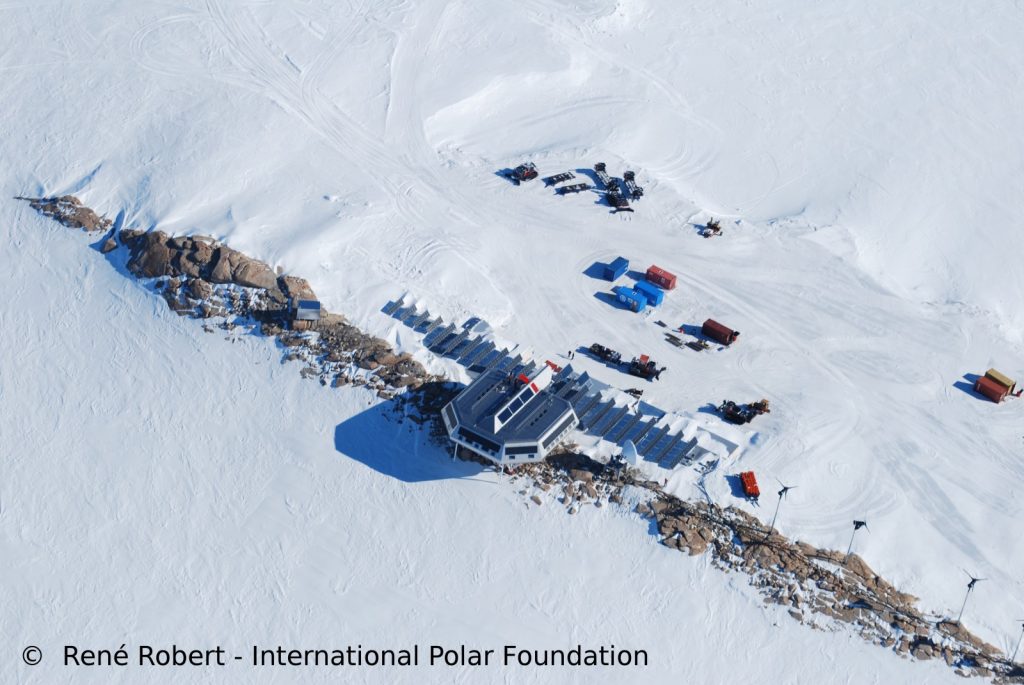
The Belgian Princess Elisabeth Station, (Dronning Maud Land, East Antarctica). This station is only open during the austral summer and is located hundreds of kilometres away from from the coast. [Credit: René rober – International Polar Foundation]
The research supported by these scientific stations is very broad and covers topic as diverse as sea level rise, climate change, observation of space, biodiversity, etc… Much of this happens in the austral summer when field parties are able to travel from the research stations into even more remote areas of the continent to conduct experiments and install equipment. However, some science, such as meteorology and weather observations takes place all year round no matter how cold, windy and inhospitable the continent may be for those conducting the research.
This is the case of the two “brave” GPSes of Tweetin ice shelf project, which are installed on an ice shelf and tweet their position and movement all year long (you can follow them on @TweetinIceShelf).
Antarctic (stations) fun facts
- 1 is the number of station operated by an African country : SANAE IV (South Africa)
- 13 stations is the maximum for one single country (Argentina)
- -89.2°C is the coldest temperature ever recorded on earth. It was at an Antarctic Station: Vostok (Russia)
- 1904 is the opening date of the oldest station still in activity: Orcadas (Argentina)
- 2014 is the opening date of the youngest station : Jang Bogo (Republic of Korea)
- 1,000 people is the maximum number of people that a station can accommodate : Mc Murdo (USA)
- 4087 m is the elevation of the highest station : Kulun (China)
- 8 is the number of Pokemon Go currently pinpointed in the Antarctic 😀
Here are the countries with at least one scientific base in Antarctica, does yours belong to this list?
![Countries with at least one research station in Antarctica, the colors correspond to the colors of the Antarctic stations in the map above [Credit: adapted by Sophie Berger from Wikimedia Commons LINK: https://en.wikipedia.org/wiki/File:Antarctican_bases.png]](https://blogs.egu.eu/divisions/cr/files/2016/08/Antarctican_bases_SB-1024x473.jpg)
Countries with at least one research station in Antarctica, the colours correspond to the colours of the Antarctic stations in the map above [Credit: adapted by Sophie Berger from Wikimedia Commons]
Previous blog posts about Antarctic fieldtrip
Edited by Emma Smith

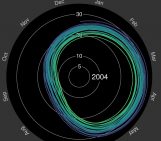
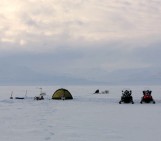
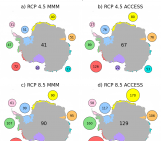
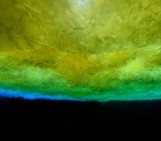
Pingback: Image of the Week -- Where do people stay in th...
Pingback: Cryospheric Sciences | Image of the Week — Looking back at 2016